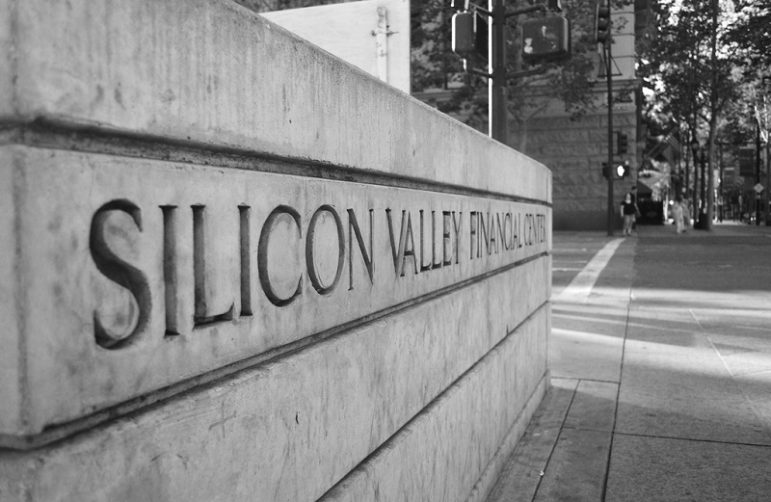
December 29, 2016; San Francisco Chronicle
California’s Silicon Valley has been ground zero for the tech revolution that has radically changed our world. According to the San Francisco Chronicle, more than 76,000 millionaires live in its communities, and 12,550 of the region’s households have more than $5 million in investable assets. For many, this new wealth has spurred a new wave of philanthropic interest. A recent study by the consulting organization Open Impact, “The Giving Code: Silicon Valley Nonprofits and Philanthropy,” found that between 2008 and 2013, total Silicon Valley-based individual giving rose from $1.9 billion to $4.8 billion—a 150-percent increase.
A new generation of wealthy individuals interested in philanthropy should, in theory, come as very good news for local nonprofits. As we know, big donations tend to be given locally. But with their resources also comes Silicon Valley “entrepreneurial startup culture”. Abra Annes, a nonprofit consultant, described their approach to giving to the Chronicle: “Most of these tech entrepreneurs started their companies to solve problems. So when they see that there are some big social problems going on, they want to take the same approach; they see the problems as something they can fix.” They want things, the authors say, “bigger, better, faster” and are “inherently skeptical of nonprofits.”
Of course, the authors also point out that the companies from which these philanthropists come are the same ones that have driven service demand up by so increasing the cost of living that many ordinary residents are being driven out of housing and other basic necessities. San Francisco, in fact, may be one of the few places in the country where the nonprofit workforce has shrunk in recent years, owing to the fact that it’s hard to match nonprofit salaries to the local cost of living.
For nonprofits, accommodating to the desires of these donors may prove to be a challenge. To Jane Sullivan, who represents the youth-serving organization Build, “This younger generation (of donors) wants to be more hands-on. They want results, they want it quantified, and they want it quickly. That’s a really big shift. They want results. They’re not necessarily thinking ‘We’re going to eliminate poverty over the next several decades.’ They’re like, ‘We want to change high school right now.’”
Nothing wrong with wanting to go upstream, find what’s causing all the sick and dying fish coming down the river, and fix the problem – gosh darn it. But while these new efforts are underway, what happens to those who need services today? This is but one divide; there’s also the pesky issue that techies have not yet proven themselves especially brilliant at intervening effectively in the wicked problem nonprofits face daily in that ever-dynamic nexus of policy, economy, and public opinion—you know, the stuff that cannot generally be bypassed.
Sign up for our free newsletters
Subscribe to NPQ's newsletters to have our top stories delivered directly to your inbox.
By signing up, you agree to our privacy policy and terms of use, and to receive messages from NPQ and our partners.
In the interactions between new Silicon Valley donors and the service organizations in their community we can learn much about how difficult this relationship can be. Open Impact says that donors and the organizations apply very different frames as they understand the world around them.
In talking about the world and about their work, most nonprofit leaders speak a moral language that emphasizes social responsibility, social justice, equity, and the common good. The new philanthropists are far more transactional when describing their work and their strategies. Theirs is a language of finance, of metrics, of power, of capitalism, of winners and losers.
Imagined big results drive this generation of donors. They’re “not interested in Band-Aid solutions. They aspire to get to root causes and solve social problems rather than just ameliorate them.” They also tend toward impatience and consider themselves way smarter than the average bear.
In their desire for speed, an entrepreneur-donor may not take the time to look at history and learn from the experience of those currently working in the trenches. Mark Zuckerberg’s $100 million investment in Newark’s struggling public schools and the Gates’ Foundation’s ongoing struggle to find a cure for what they see as a failing education system illustrate this approach and the challenges it brings.
The authors are promoting a new “Giving Code” to encourage better communication amongst nonprofit types and tech-based givers. In the end, they say, we may see a community of vibrant nonprofits and committed philanthropists working in a more connected way. Why do we think that the nonprofits are likely to work harder at learning yet another philanthropic language than the tech billionaires are likely to slow down and achieve some modicum of humility?—Martin Levine and Ruth McCambridge












